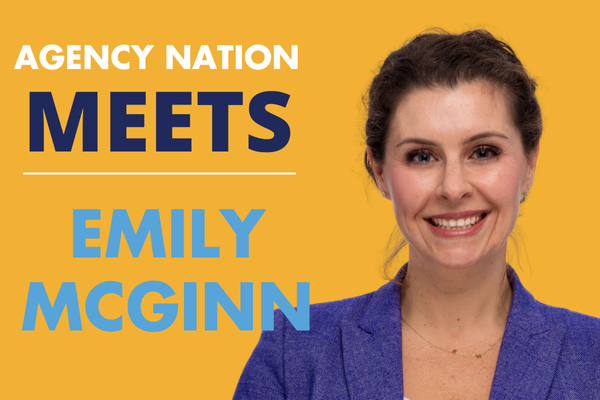Independent Agents Face Steeper Competition as Carriers Release Captive Agents

By: Joel Zwicker
In the summer of 2020, Nationwide, one of the country’s largest carriers, completed the 18-month transition and released its captive agents to fully independent status. Nationwide realized its customers wanted the choice that only independent agents could provide. They now partner with more than 11,000 of these insurance professionals.
The pressure cooker has been turned to full blast. Every newly minted independent agent that was a prior captive agent is scouring the market for customers. And today’s insurance customers—who are less likely to be brand-loyal, more likely to want to conduct business on their own terms and their own time, and are constantly researching to find better deals—are ripe for the picking.
Why are carriers changing after years of working with company-committed agents?
We have all watched as historically low interest rates have laid waste to the industry’s ability to grow its accrued revenues over the past few years. Then, COVID-19’s devastating blow has forced carriers to reexamine their traditional business models. Further, captive agents, while well versed in the carrier’s offerings, have a high overhead cost.
The captive agents’ market share has been steadily decreasing over time, for personal but especially commercial policies, according to the 2020 Market Share Report from the Big “I.”
Nationwide was one of the first large carriers to release its captive base, but it won’t be the last as other carriers look for ways to go leaner. While 99% of the former Nationwide agents plan to continue to partner with the company, these new independent agents are also free to sell other carriers’ products.
Already a highly competitive field, all independent agents can expect the competition to only continue to grow down the road.
The old-school methods of acquiring customers, while still relevant, must be accompanied by modern approaches. Personal meetings, word of mouth and local advertising are still tactics used by independent agents across the country, but return is lower and the cost in time and money are higher than ever.
New technologies that allow independent agents to offer personal connections and build relationships that also scale without prohibitive cost are essential to building customer portfolios and revenue growth. With more competition entering the market, getting acquainted with modernized methods can give independent agents a leg up.
The positive side of all this increased jostling for customers is that, for one, geography no longer matters—business can be done from anywhere. Who you attract is more important than where they are physically located. The right digital marketing tools can help independent agents differentiate themselves from the competition and secure customers who are poised to buy insurance.
Yesterday’s insurance consumers tended to stick with one provider throughout their life journeys. The local neighborhood agent who served them often provided insurance to their parents and even grandparents. Heavy advertising campaigns and competing on price points kept people from shopping around, but the landscape today is very different. Competing on price point alone is a risky maneuver—one might sell a few more policies but will ultimately trend to lower profit margins over the long term.
What can independent agents do to meet the increased challenges and stand out in a crowded field?
The first step is to assess your client acquisition methodology and define your unique expertise and value. In today’s noisy marketplace, agents who cut through the static and establish a strong personal brand will have a powerful edge. A concerted effort to build one’s thought leadership credentials, showcasing expertise and offering personalized information to customers and new prospects, creates the kind of relationships that inspire loyalty, cross-selling and insurance-bundling.
Another advantage for independent agents is that when a carrier has a steep increase in premium costs, they can find alternatives for their customers, cementing that relationship. Carriers with foresight that want to sell more policies will cultivate relationships with independent agents who produce for their brand. Carriers need to support independent agents with marketing technology that gives them deep familiarity with the products and incentives to shape policies to customer needs.
Although the longtime behemoths who’ve built a century of brand and agent armies will likely be around a while, the era of the captive agent is very likely in the rearview mirror. In today’s market, multi-distribution channels are required for all large carriers, including a technology-supported independent agency channel.
Customers want more choices in how they pick and choose insurance, and they want to do their transactions in their own time and across their preferred medium. They expect a polished digital communications strategy with all their vendors, including insurance.
Independent agents who are bold in building their own brand and use smart marketing tools that allow scale are well-positioned to meet the challenge of finding and securing the right prospects, especially as the market becomes flooded when carriers release their agents.
Joel Zwicker is insurance evangelist at Agency Revolution and formerly an insurance agent at one of Canada’s largest independent insurance agencies. He now works to provide independent insurance agents the best marketing tools for their unique needs.










